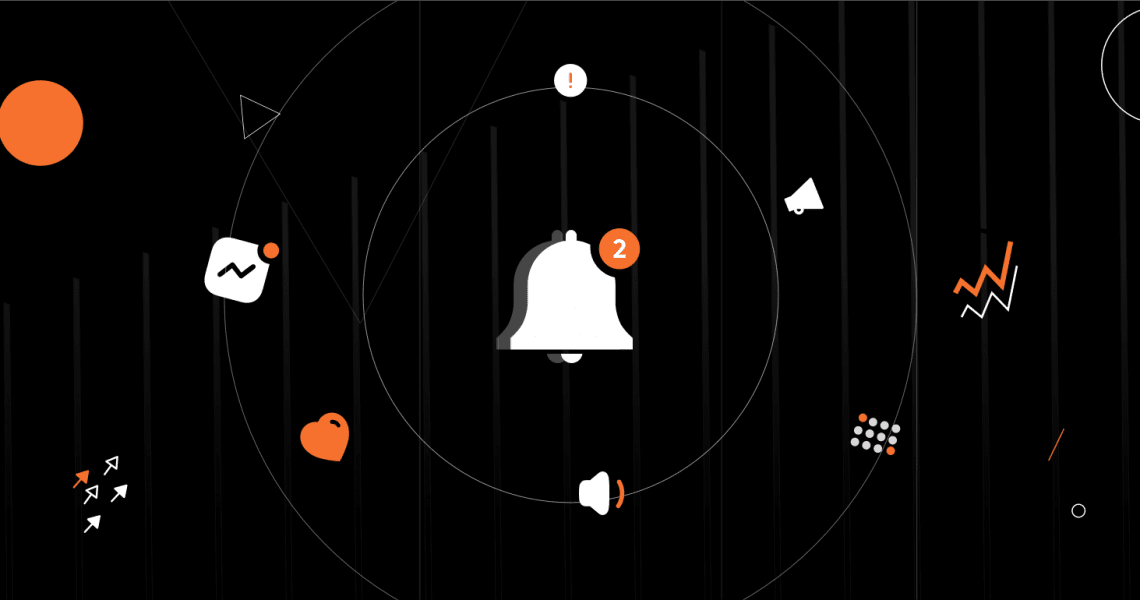
Understanding push notifications and how they work is essential for anyone who has created a mobile app or thinking about building one. Why? Because push notifications are useful marketing tools that can be effective in getting feedback and bringing back users to your app to fulfill a goal.
It is important to be mindful of push notification best practices, so they work for you and not against you. To begin with, mobile users tend to find them annoying. In fact, researches show that more than 50% of app users feel this way about mobile push notifications.
Another challenge app builders often face is the time it can take for developers to properly enable them for an app. It can be a tedious process lasting hours, adding significantly to the cost of setting up an app.
If you are already aware of what push notifications are but want to make better use of them as a marketing strategy, Kodika offers one-click integration and set up through the Firebase platform. Firebase is a platform that enables developers to create push notifications in a very simple manner. Kodika has deeply integrated this software into its mobile development platform, allowing our users to enjoy the same benefits without having to go through all the steps of setting up Firebase themselves.
On the other hand, if you are not sure how push notifications work and how they can help you achieve more with your mobile app, read on.
Push notifications
They are basically short marketing messages or alerts that pop up on a mobile user’s device or show up on the lock screen if the smartphone or tablet is inactive. It is similar to receiving a notification for an SMS message. The difference is that an SMS notification will lead users to the actual message that was sent while the push notification will go back to the app where it originated from. They can be used to notify the app user of special offers, as reminders, or to share information that is relevant and beneficial to the user.
In addition, while the user has little to no control over their ability to receive text messages (unless they block the number sending the SMS), they can opt-in or out of push notifications. This ability makes the life of app owners a bit difficult. Despite the challenges, it is possible to use them to achieve great results.
Getting results from push notifications
If you want to use them to your advantage, consideration must be given to creating a strategy that will make people want to look out for them and proceed to open when they arrive. For starters, you don’t want to send too many. As mentioned before, more than half of all mobile users tend to think these notifications are distracting and annoying. With that said, your app is highly likely to receive a high rate of opt-outs if you are sending too many push notifications.
So, how many should you send?
Research shows that sending more than two push notifications weekly can result in 46% of users opting out of the app. In addition, sending six or more in a single week may result in one third of users completely discontinuing usage of the app or even deleting it. With all that said, the number of push notifications you send should not be determined by having a quota for each week. Instead, you want only to send those relevant to your users, whether that is once or twice a week or once or twice for the month.
By being selective about sending push notifications, it allows you to create notifications that add value to your app user’s experience. The more personalized your push notifications are, the more likely people will want to keep using your app, as they will see it as an asset and view your brand as one that is user-centric. There are several ways to ensure your push notifications are well-received and not seen as distractions. For example, notifications location-specific, notifying users about app features or reminding them of something they might be interested in (usually accompanied by an incentive).
Location-based push notifications
If users have permitted your app to use their location, you can send timely push notifications that are relevant to the purpose of your app and their location. For example, if you own an event-booking app, you could send a push notification to users who happen to be in the vicinity of a venue that will be hosting an upcoming concert. It will not only make them aware of the event, but it will also allow them to book their tickets through your app when they click on the notification.
Most users will find this type of push notification to be thoughtful and useful at the same time, especially if they were not aware of the event in the first place or were aware (and interested) but had not yet gotten the chance to book their tickets. Furthermore, they will be more likely to want to keep your app around to notify them of other events they might be interested in.
Push notifications to maximize user experience
Using the same example above, suppose you have people who have signed onto your app recently to check on an event but have not yet booked their tickets? You may then send a push notification to remind those users of the deadline date for booking their tickets. You may also send push notifications if there is a promotion going on. Again, most users would probably appreciate these types of push notifications because they can serve as important reminders or to help them save money.
Set up
Whether you plan to use mobile push notifications for Android or iOS platforms, it is important that they are set up and enabled properly for the best results. However, it can take a developer several hours’ worth of work to set up and test the push notifications. Luckily, you can use Kodika and benefit from its Firebase integration to significantly simplify this process.
Kodika is a no code app builder for iOS and Android apps, which is making it easier for people to create fully functional mobile apps in just a few steps. With the integration of Firebase, almost anyone can now build an app in Kodika and enable mobile push notifications that allow them to get the best results from that app.
